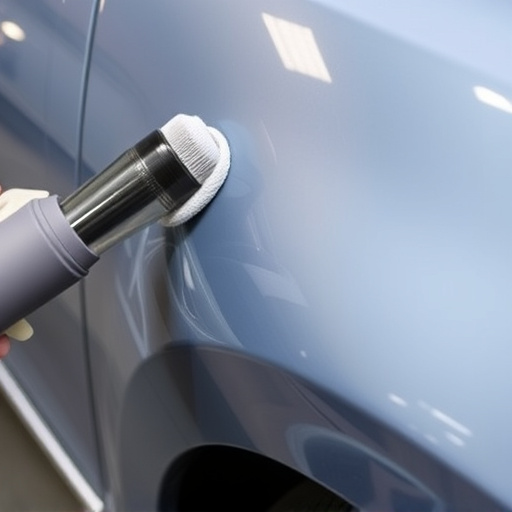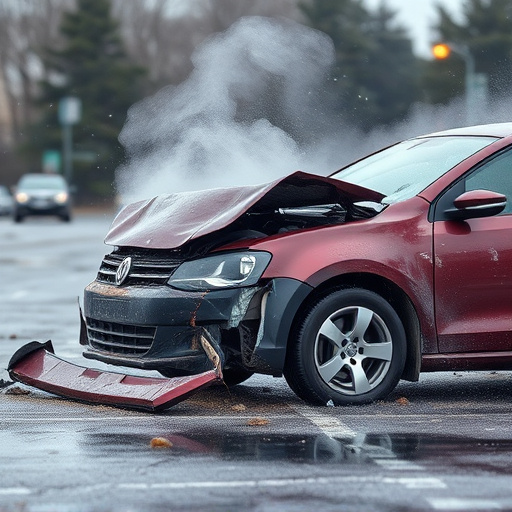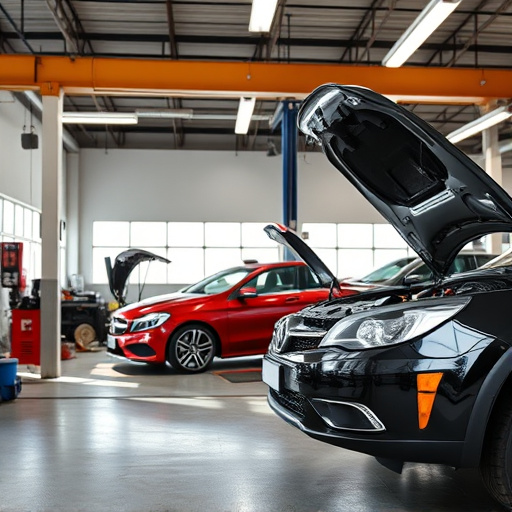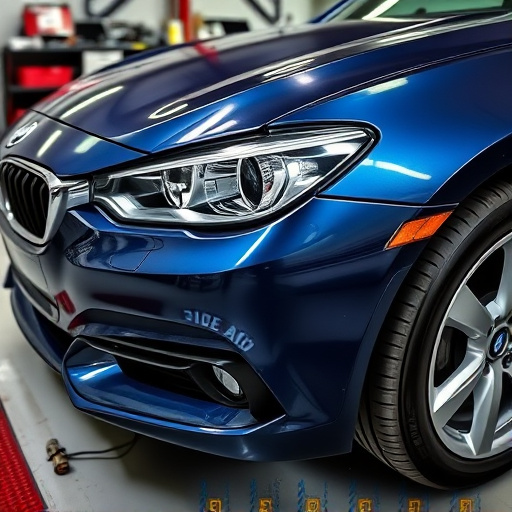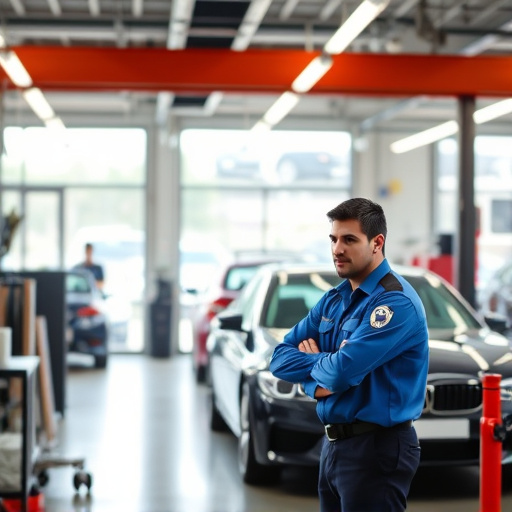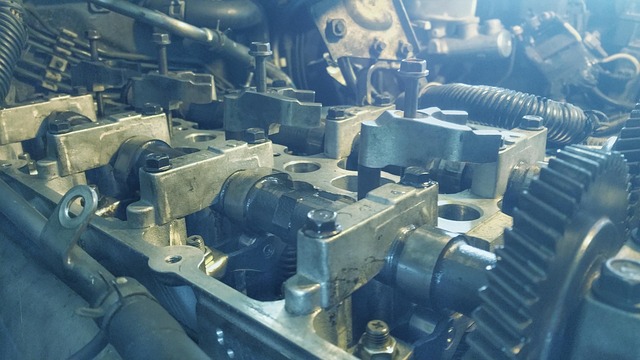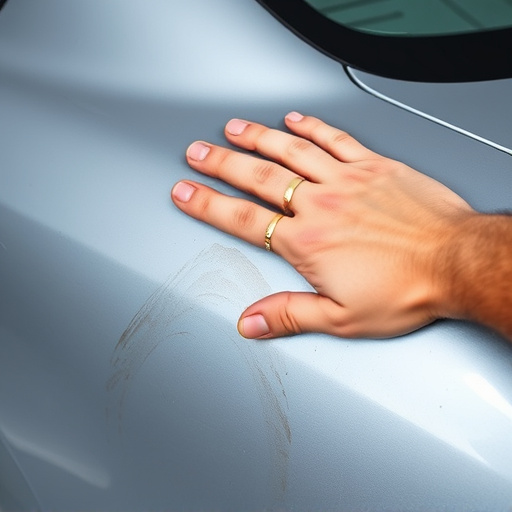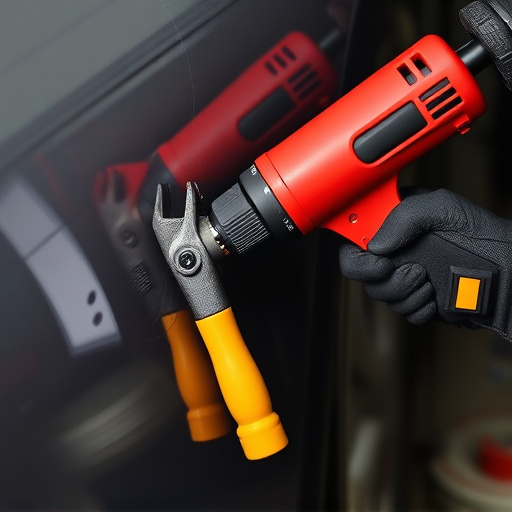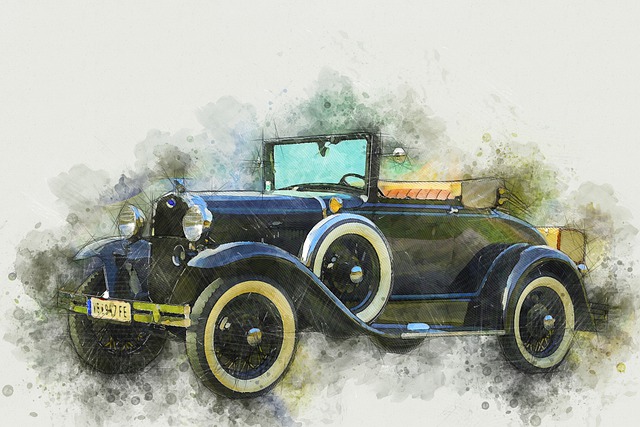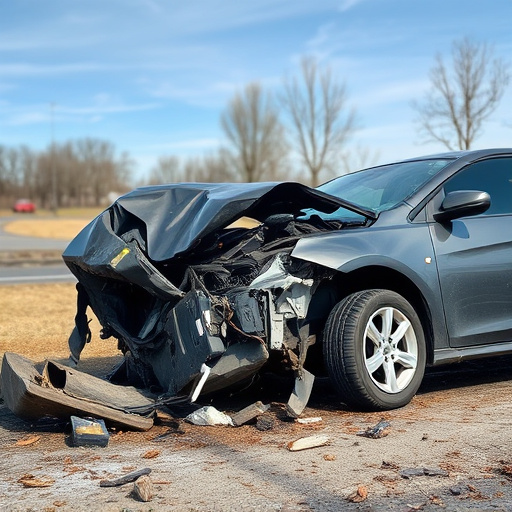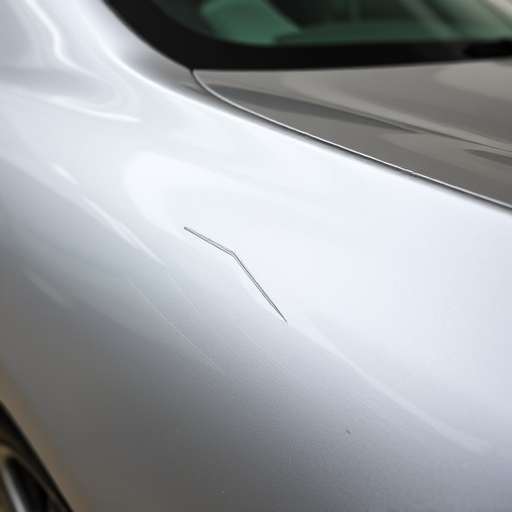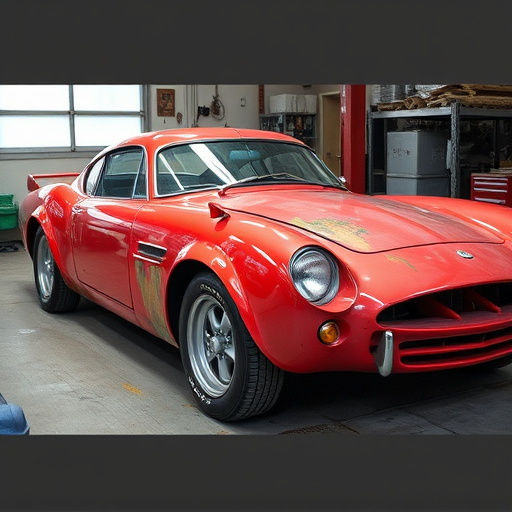OEM calibration guidelines for windshields are essential for accurate auto body repairs and painting, ensuring structural integrity and aesthetic fidelity through precise measurements and skilled technician training, addressing post-incident deviations in safety standards.
“Unleash the full potential of your vehicle’s optics with advanced tips on utilizing OEM calibration guidelines. This comprehensive guide navigates the essential aspects of windshield calibration, offering insights into effective techniques for precision adjustments. From understanding OEM specifications to troubleshooting common challenges, we empower you to ensure optimal visibility and safety on the road. Discover how to adhere to OEM standards, enhancing your driving experience through flawless windshield calibration.”
- Understanding OEM Calibration Guidelines Essential Points
- Effective Windshield Calibration Techniques for Precision
- Troubleshooting Common Challenges in Adhering to OEM Specifications
Understanding OEM Calibration Guidelines Essential Points

Understanding OEM Calibration Guidelines is a cornerstone for achieving precise results during windshield calibration and auto body repairs, such as car dent removal or scratch repair. These guidelines are meticulously crafted by Original Equipment Manufacturers (OEMs) to ensure that replacement parts, including windshields, fit perfectly and function optimally within specific vehicle models. By following these guidelines, professionals in the automotive industry can maintain the structural integrity and aesthetic appeal of vehicles.
When dealing with windshield calibration, the OEM specifications provide crucial information about measurements, angles, and tolerances. This ensures that new windshields align perfectly with the vehicle’s design, enhancing safety and driving comfort. The same level of precision applies to automotive body work, where guidelines help in restoring damaged parts like dents or scratches, making them nearly invisible, thus preserving the car’s overall value and appearance.
Effective Windshield Calibration Techniques for Precision
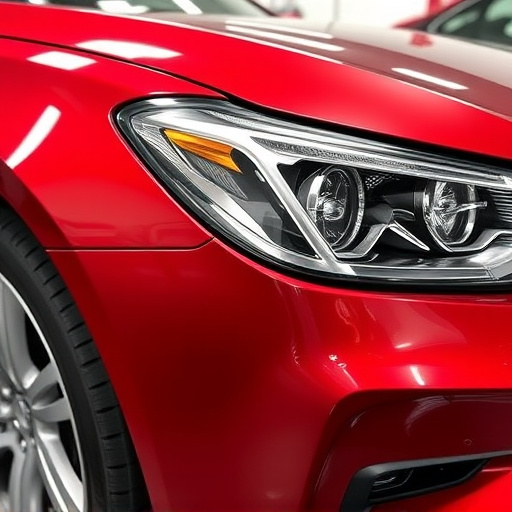
In the realm of automotive precision, windshield calibration stands as a cornerstone for achieving flawless results in auto body repair and auto painting services. Effective windshield calibration techniques ensure that every curve and angle is measured accurately, directly impacting the overall quality of the final product. Professional technicians utilize specialized tools to precisely map the windshield’s surface, accounting for minor imperfections that could go unnoticed by the naked eye.
This meticulous process involves advanced technologies designed to replicate the human eye’s visual acuity, enabling precise adjustments during the calibration. By leveraging these techniques, auto body work and windshield replacement services can deliver a seamless fusion of aesthetics and functionality. This attention to detail not only enhances the safety features of the vehicle but also preserves its original aesthetic charm, making it a true testament to skilled craftsmanship in both automotive body repair and painting.
Troubleshooting Common Challenges in Adhering to OEM Specifications
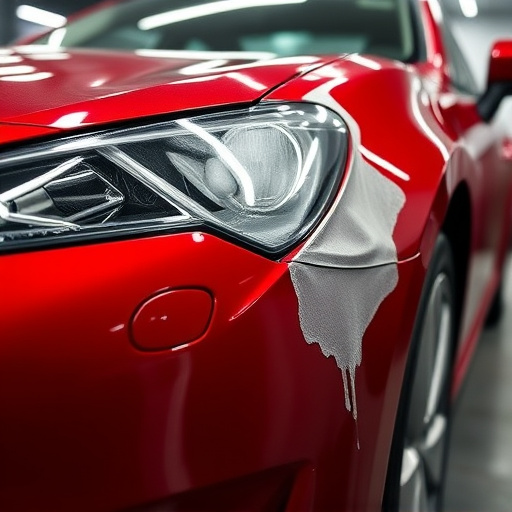
Many users face challenges when it comes to adhering to OEM (Original Equipment Manufacturer) calibration guidelines for windshield calibration, especially after incidents like a fender bender or car bodywork repairs. One common issue is the lack of precision during the calibration process, often due to rushed or improper installations following fender repair. It’s crucial to remember that each vehicle model has specific calibration requirements, and deviating from these can lead to poor performance or safety risks.
Another hurdle is ensuring accurate measurements in areas like wheel alignment and suspension settings, which are vital for maintaining the structural integrity of the car. After a fender bender or during extensive fender repair, the original alignment might be compromised, necessitating careful reassessment and adjustments. Proper training and adherence to manufacturer guidelines are essential to overcoming these challenges, ensuring that every component, from the car’s body panels to its electronic systems, functions optimally after repairs, just like new.
By mastering OEM calibration guidelines, from understanding essential points to employing effective windshield calibration techniques, you can ensure your vehicle’s systems operate with precision. Troubleshooting common challenges along the way is crucial for adhering to original equipment manufacturer (OEM) specifications. Optimizing these processes not only enhances safety but also contributes to improved performance and reliability, making it a vital practice in today’s automotive industry.
